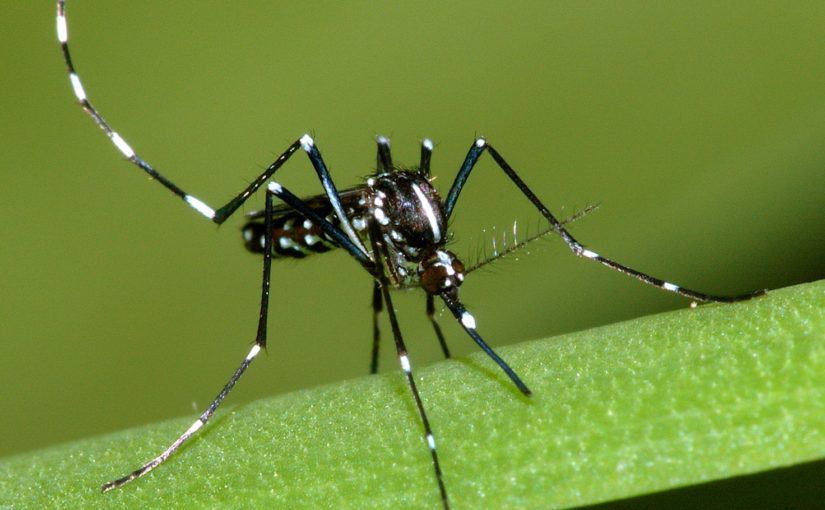The Asian tiger mosquito, Aedes albopictus, transmits several arboviruses of public health importance, including chikungunya and dengue. Since its introduction to the United States in 1985, the species has invaded more than 40 states, including temperate areas not previously at risk of Aedes-transmitted arboviruses. Mathematical models incorporate climatic variables in predictions of site-specific Ae. albopictus abundances to identify human populations at risk of disease. However, these models rely on coarse resolutions of environmental data that may not accurately represent the climatic profile experienced by mosquitoes in the field, particularly in climatically heterogeneous urban areas. In this study, we pair field surveys of larval and adult Ae. albopictus mosquitoes with site-specific microclimate data across a range of land use types to investigate the relationships between microclimate, density of larval habitat, and adult mosquito abundance and determine whether these relationships change across an urban gradient. We find no evidence for a difference in larval habitat density or adult abundance between rural, suburban, and urban land classes. Adult abundance increases with increasing larval habitat density, which itself is dependent on microclimate. Adult abundance is strongly explained by microclimate variables, demonstrating that theoretically derived, laboratory-parameterized relationships in ectotherm physiology apply to the field. Our results support the continued use of temperature-dependent models to predict Ae. albopictus abundance in urban areas.
Full text: https://doi.org/10.4269/ajtmh.19-0220
